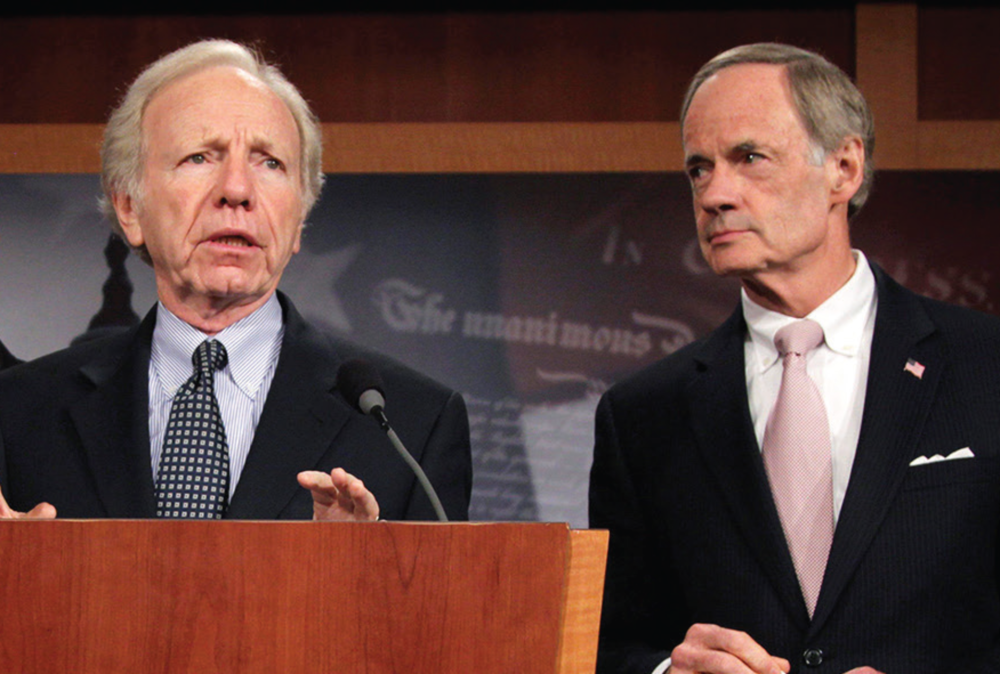Congress intended the authority to increase [postal] rates under an exigent case to be used only in extreme and unforeseen circumstances—such as terrorist attacks, natural disasters, and other events that would cause significant and substantial disruptions in service.
That statement, a reaction to the Postal Regulatory Commission’s (PRC) approval of the 4.3% exigent increase in postal rates, was issued by Sen. Susan Collins (R-ME). In 2006, as the ranking member of the Homeland Security and Governmental Affairs Committee (HSGAC), Collins was an author of the Postal Accountability and Enhancement Act, which pegged postal rate increases to the Consumer Price Index and gave the Postal Service the right to appeal for an exigent increase. Though Collins no longer sits on the committee, she remains a hero among direct mailers and catalogers.
Last October, in fact, she wrote a letter to the PRC urging them to deny the exigent request, saying that the law she wrote did not authorize exigency to recover losses caused by diversion of mail to the Internet.
Enemies of the Tom Cs
Mailers will be ecstatic to learn that, though they’ve found a new ally on HSGAC in Wisconsin Democrat Tammy Baldwin, Collins will be in the middle of the fray if and when the new Postal Reform Act of 2014 (PRA) hits the Senate floor in the coming months. Baldwin’s proposed amendment to dump the bill’s Section 301—which would make exigency permanent, adjust rates using CPI plus 1%, and remove rate-setting powers from PRC—was diverted by a “second degree” amendment that PRA drafters Tom Carper and Tom Coburn rammed through committee. Baldwin was not amused. She intends to fight it on the floor, and with Collins by her side.
“I will be working with Senator Collins on the Postal Reform Act. We’re going to team up for similar reasons—stability and certainty in rates,” Baldwin told Direct Marketing News. “Mailers depend on stable rates in planning their agendas. It’s a huge percentage of a mailer’s overall expenses. [Also], the PRC has to play a role in the rate-setting process. The Postal Service is competitive in some services and is a monopoly in regard to others. To the extent that it’s a monopoly, it needs to be a regulated monopoly.”
Exigency’s double downer
Exigency hit mailers with a double whammy: an unprecedented rate increase, of course, but also the possible loss of an unlikely ally in postal worker unions. The big log that’s jamming the USPS financial machine is the obligation it has to prefund its employees’ healthcare fund through most of the 21st century. It’s the reason the Postal Service owes the Treasury $15 billion and doesn’t show a profit. In early hearings on PRA, union leaders, fearing further job cuts, were as adamant as mailers about reamortizing the healthcare obligation.
Warming up to exigency
Since exigency passed, however, the unions have cooled on the issue. Though the PRA contains provisions to reform the prefunding obligation, such as moving retirees to Medicare at a certain age, Carper and Coburn continue to sell permanent exigency as the fix to pull USPS out of the red. As things stand now, exigency is a reality for at least the next two years unless some form of the PRA can make it through the Senate. But, with a contentious election season looming this summer, the chances of that happening are no better than 50-50.
“The future of the measure is unclear. It emerged from the committee in a contentious markup and was met with significant dissent,” Baldwin says. “I certainly don’t expect it to be on the fast track [to the Senate], so there’s an opportunity for stakeholders to weigh in with their senators and talk about the exigency case and study its impact on mail rates.”







